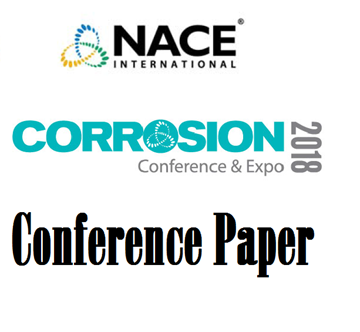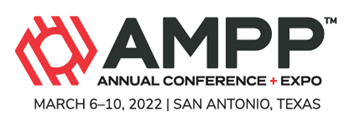Search
Products tagged with 'heat affected zone'
View as
Sort by
Display
per page
51318-11022-Case Study: Solving the Puzzle of 10inch Duplex Stainless Steel Flowline Weld Failure
Product Number:
51318-11022-SG
Publication Date:
2018
$20.00
Corrosion Fatigue Of X80 Weld In Mild Sour Environment
Product Number:
51322-17778-SG
Publication Date:
2022
$20.00
Online Seam Treatment of ERW pipes for proper material selection, process control and toughness improvement
Product Number:
MPWT19-14408
Publication Date:
2019
$0.00
SCC of Alloy 152/52 Welds Defects, Repairs, Dilution Zones and HAZs in PWR Water
Product Number:
ED22-17243-SG
Publication Date:
2022
$20.00




